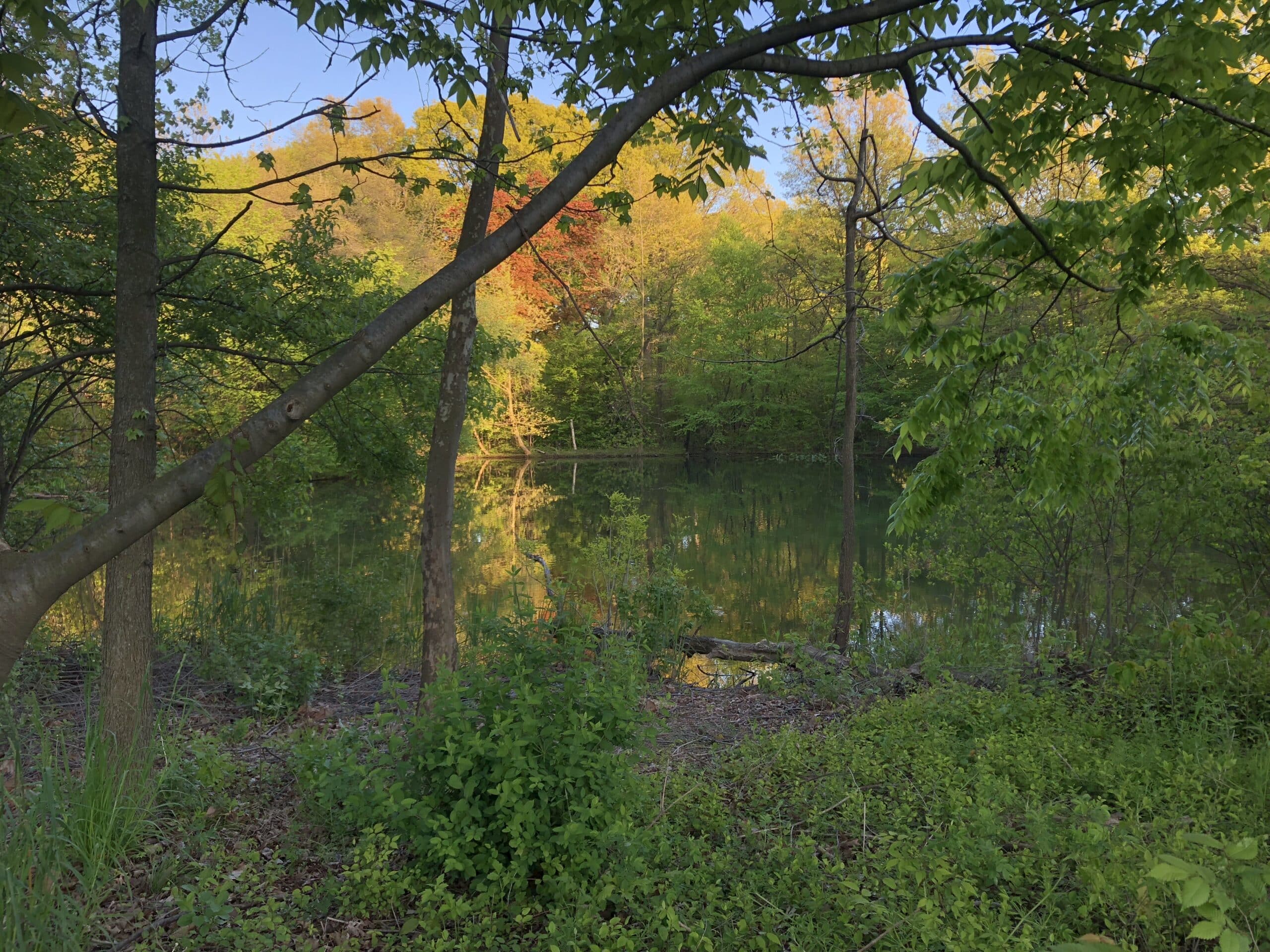Cooling Cities: How Forests and Urban Natural Areas Cool Our Cities in Extreme Heat
By Natural Areas Conservancy on July 16, 2023

By Natural Areas Conservancy on July 16, 2023

By Shannon Jordy
The Natural Areas Conservancy has just released an exciting report detailing the significant cooling effects of urban natural areas in New York City and in 11 other cities across the U.S.
Last summer, we partnered with experts in these cities to gather air temperature data in forests and streetscapes showing that, across 36 study locations in 12 cities, the air temperature was cooler in forests when compared to landscaped trees at over 90% of locations, and that within forests, healthier forest locations were cooler than places that were degraded. In Seton Falls Park in the Bronx on the hottest day of the summer, the forest was up to 6.5 oF cooler than under a street tree just 400 feet away, but a few weeks earlier the difference was even more dramatic. On July 21, when the air temperature on the street was 91 degrees, it was only 79 in the forest, a full 12 degrees cooler. The results show the importance of forests and other green spaces in cooling our cities, and the more pronounced cooling benefit of urban natural areas over street trees and other landscaped green space.
Urban natural areas–which comprise forests, wetlands, and grasslands–account for the majority of urban parkland in the U.S. In NYC, these areas cover 20,000 acres of the city. With this month seeing the hottest temperatures on record, and NYC being particularly vulnerable to heat and heat-related deaths, this report quantifies for the first time the cooling benefit of different segments of the urban forest and shows the importance of managing, protecting and maintaining these natural areas to mitigate climate change and extreme heat.
Simply put, natural areas make our cities cooler and provide residents with places of respite. On hot days, these spaces can lower air temperature by several degrees or more compared to landscape trees, highlighting the need to include urban natural areas in climate action plans.
A few additional key takeaways from the report include:
While it may seem obvious that trees and grass play a role in keeping our neighborhoods cool, what this study shows is the true impact of green space on people’s comfort levels during the summer. More importantly, it also demonstrates the importance of maintaining and improving these areas to better manage the effects of a changing climate; it essentially helps NYC and all cities in the U.S. chart a better path for the future.